Sable Island is a 26 mile long, crescent shaped, sand pile over 100 miles from the coast of Nova Scotia. It is so remote that it is visited by only 6 to 8 private boats a year. Most people who do visit come by chartered airplane, or “eco-tour” boats and spend no more than a few hours on the island.

How most people get to Sable Island
As we approached the island, we were escorted by a pod of common dolphin. We could see them in the distance, but as soon as they see the boat, what ever business they are up to is discarded for play time! They made a beeline to the boat, and spent 15 minutes riding the bow wave.


In the days before electronic navigation tools, the island and the surrounding fog-shrouded, shallow banks were a deadly hazard to the fishing fleet, and for ships headed between northern Europe and any American port from New York north. Well over 300 ship wrecks are recorded on the shores and shallow banks around the island. Almost all of the physical evidence of these shipwrecks have been dispersed by the movements of sand and time, although the boiler of the steamer Skidby, wrecked in 1905, is still a promenent landmark on the north shore of the island.

Skidby’s boiler.
It’s a mystery to me why the island is there, and why it stays there, but it has been there since the last ice age, and although the dunes themselves move constantly, the island as a whole is a a rather stable geographical entity.



The biology of the island is fascinating. Although dominated by dune grass, the hollows between the dunes have a highly diverse selection of plant life. There are a number of fresh water ponds on the island.
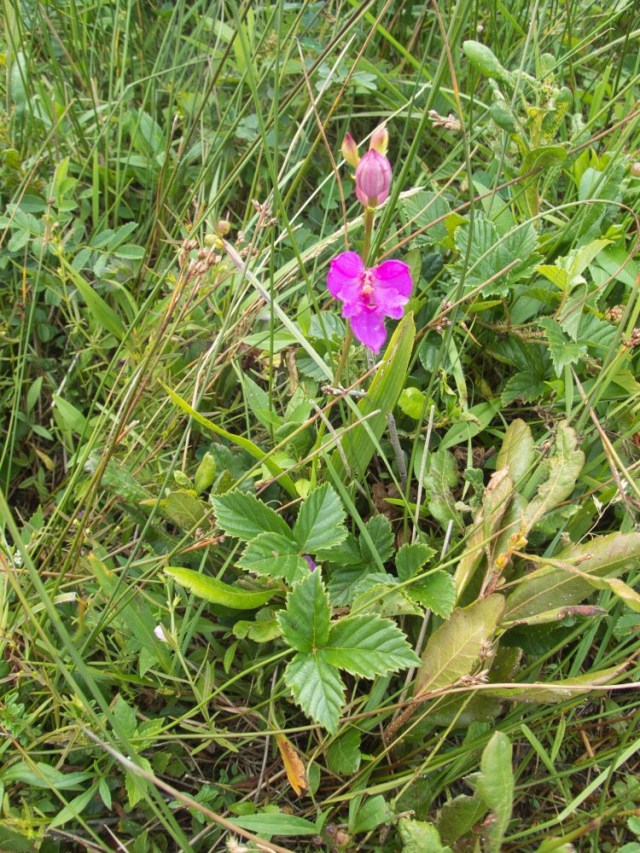
Karen of course found the one native orchid that was still in bloom.




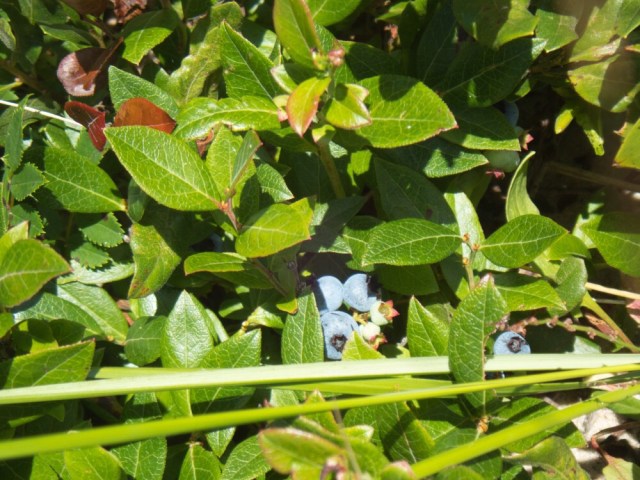

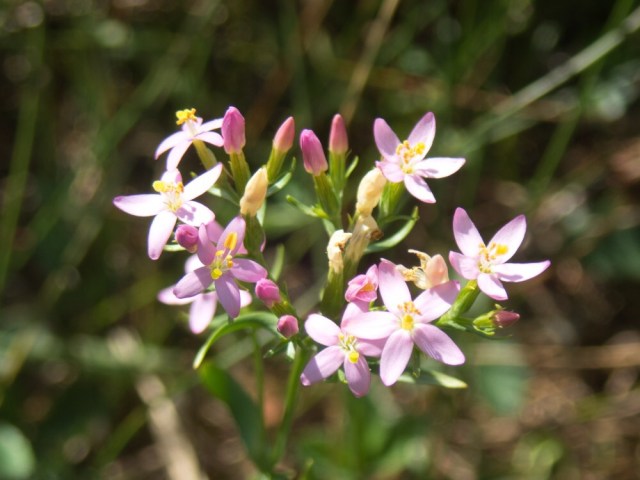
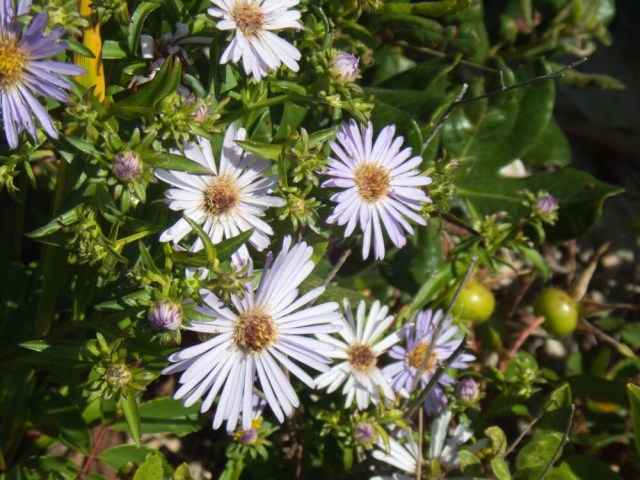

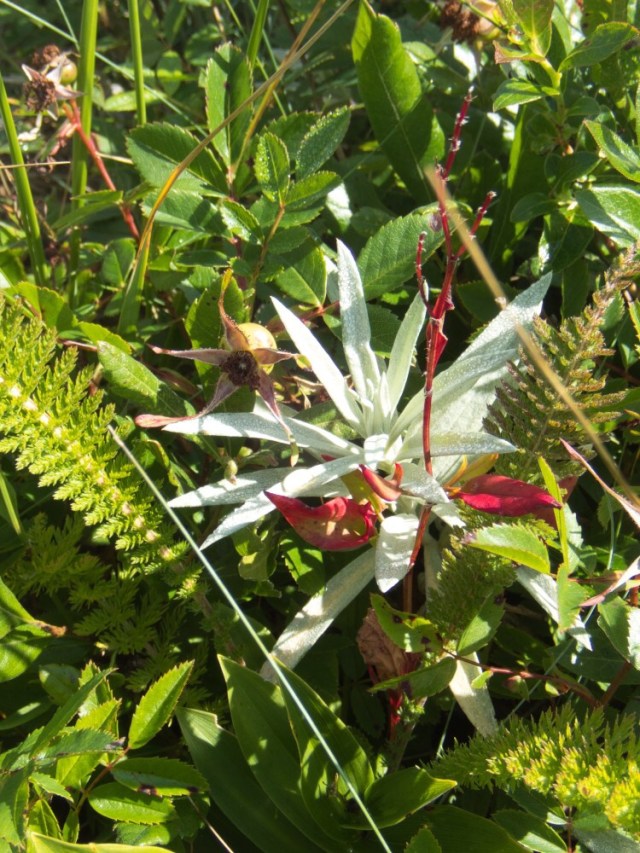
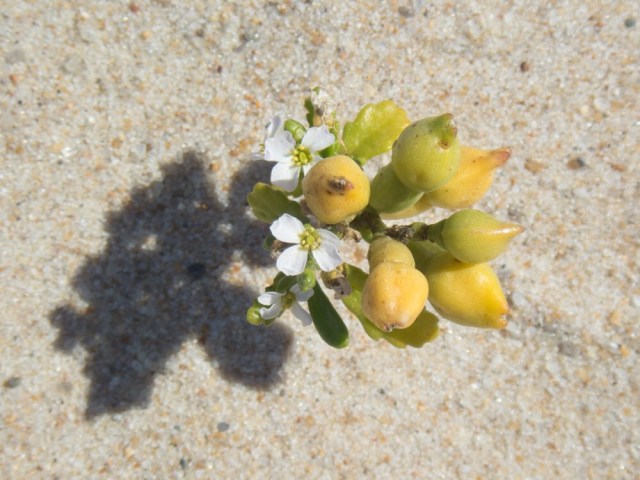
There are only three kinds of mammals currently living in the island. A small group of humans, several species of seal, and horses. The horses are not native, of course, but seem to do quite well in a difficult environment.
The horses are the “star” attraction of the island, as wild horses are pretty much everywhere.
Interestingly, even though freshwater is plentiful, there are no mosquitoes!
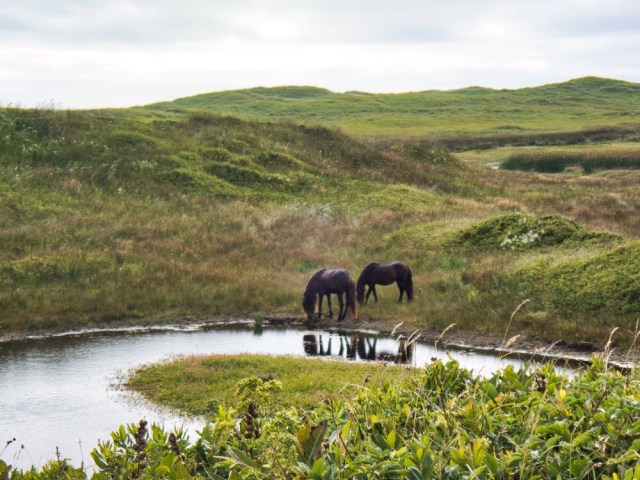

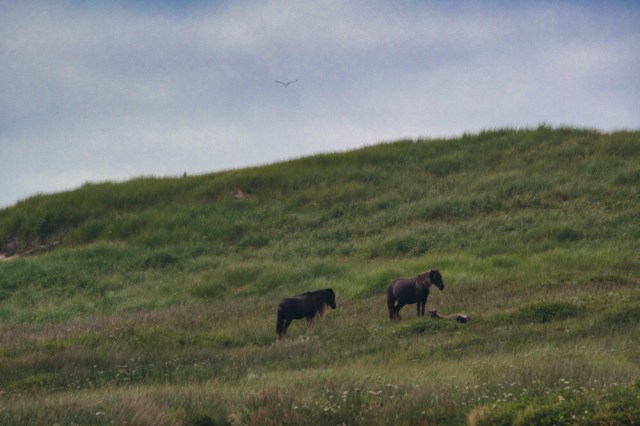



There are several kinds of seal that use the island at various times of the year, but the most numerous year-round residents are the gray seals. Hundreds of thousands are on the island during the spring breeding season. Fewer during the summer.
In large groups the vocalizations of the seals are bizarre. Imagine the best haunted-house moan you ever heard. Now imagine a hundred seals making that noise in a dark and foggy night.

As evening approaches the seals haul out on the beach by the hundreds.



Of course a wide variety of shore and sea birds use the island for breeding and feeding. One subspecies of the savannah sparrow, the Ipswich sparrow, nest only on Sable Island.
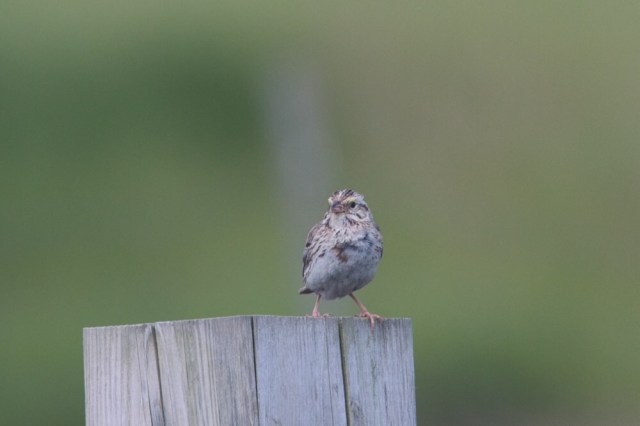
An Ipswitch sparrow.

One of the striking things about an island with no large scavengers, and thousands of large animals, is that death is on display everywhere. The carcass of a horse or seal that dies is not pulled apart and scattered but persists in a recognizable form of hide and bone for years. Bones are everywhere.
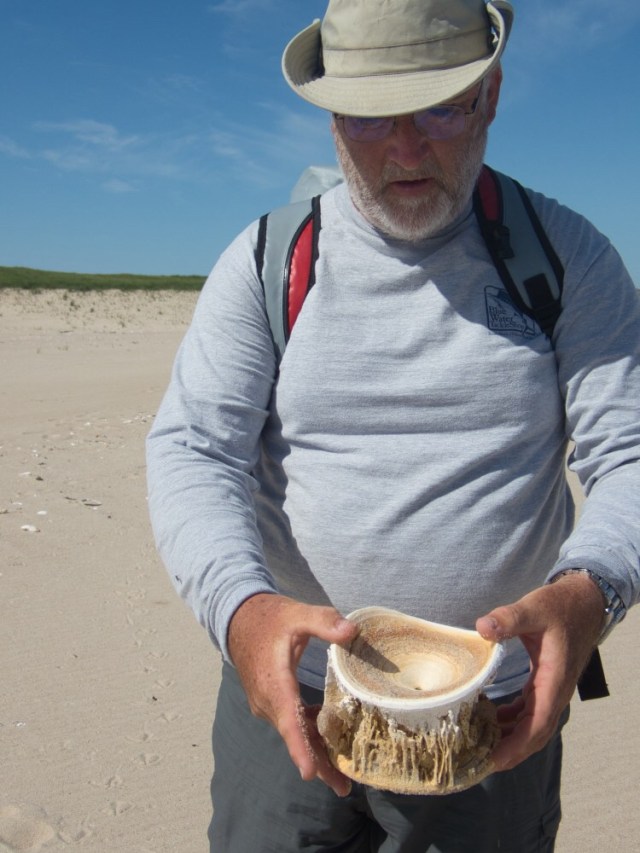
A different find. A vertebrae from a basking shark, next to a whale shark, the biggest fish in the ocean! Since it’s from a shark, I guess technically it’s not a bone, but close enough!
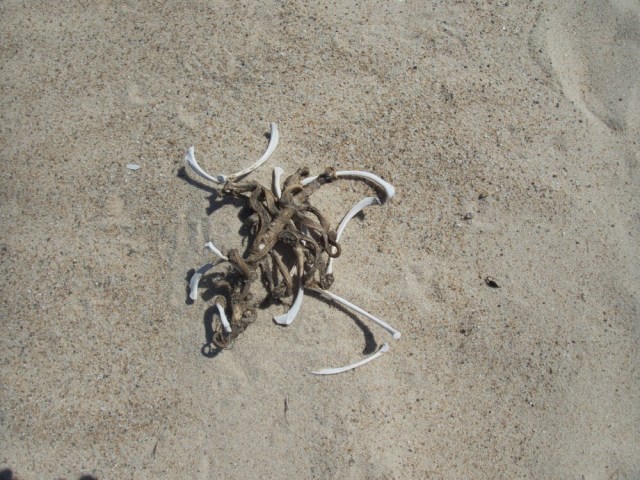
Seal pup carcasses are especially common. With tens of thousands whelped on the island every year, even a low mortality rate leaves lots behind.

Adult seals die here too.
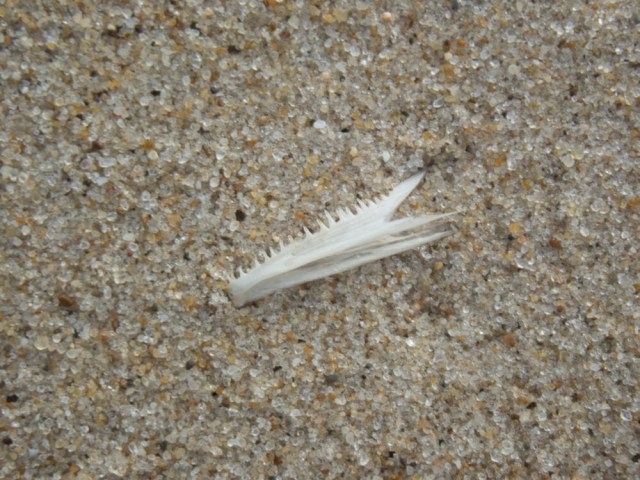
Even the delicate jaw of a fish washes up on the beach.
Of course man made objects wash up on these remote beaches too.

Karen inspects a navigation buoy that appears to be off station.

If you get the chance, go to Sable Island. By far the best way to visit is by private boat. In round numbers, about the same number of people go into space in a year as visit Sable Island by boat! Do the adventure! We found the permitting process to be very simple, and the park staff was helpful and welcoming.
